Spitfire and R&R Griffon: when two sounding names combine, a legend is born! Spitfire Mk.XIV from Airfix.
In the course of its long career, the Spitfire has been flown with two Roll-Royce engines, whose illustrious names have become legends in connection with this aircraft itself: on the one hand, the engines of the Merlin series, and on the other, those of the powerful Griffon engine.
From the outside, the difference can quickly be seen in the contours of the engine cowling, since the Griffon's cylinder banks require more volume, which resulted in two longitudinal bulges on the top. The elegance of the Spitfire is not affected by this - on the contrary, the fierce lines are emphasized.
But of course there was no aesthetic calculation behind the conversion, but rather the necessity not to be left behind in the race for ever higher flight performance. The first Griffon Spitfire was the Mk. XII, which was mainly needed to fight low-flying FW-190 fighter-bombers. To give the excellent design superior characteristics even at high altitudes, the Spitfire M. XIV, which soon followed, used a two-stage high-altitude loader.
This enabled the Spitfire to reach a speed of up to 717 km/h at an altitude of 8000 meters; this, combined with other outstanding features, made this variant one of the most powerful propeller-driven fighter aircraft ever built in series production
The impressive flight performance was needed soon after, when it was necessary to fend off the V1 flying bombs launched from the continent towards the south of Great Britain. The Mk. XIV had the speed to take on this dangerous threat. But Spitfire Mk.XIV were also used intensively as part of the "2nd Tactical Air Force", which fought its way from the invasion beaches of Normandy towards Hitler Germany.
My model shows a Mk.XIV of the Canadian 414th Squadron, as it was used at the end of the war from the B156 airfield near Lüneburg. It was flown by Squadron Leader James B. Prendergast, who was able to fly the "Lazy Lady V" to his only air victories, two Fw-190s.
This marking is from the Arifix kit, which, as I'm happy to reveal right away, meets the now high expectations. I am impressed by the level of detail that can be found in the cockpit area. The wheel wells and the suspension system also make a good impression in this discipline.
It is always a pleasure to see kit parts consistently and reliably showing good fitting accuracy from the beginning of the project to the end, thus freeing up time and energy for design and detailing instead of having to waste it with avoidable filling and sanding work. In this category, too, I can praise the kit: it is a real pleasure to see how the perfectly fitting parts gradually build up to a Spitfire.
There is one shortcoming I would like to mention, but perhaps this only reflects a personal opinion: the fuselage area in front of the cockpit is not formed by the two halves of the fuselage, but by a separate component which is inserted after the fuselage shells have been joined.
Although this is an interesting layout, which has the advantage of not having to sand the glued seam of the fuselage halves around the area of the windscreen, it does increase the need for filler and finishing work on the flanks around the sliding canopy. By the way: anyone who has already built a newer Spitfire kit from Airfix knows this principle. Despite the above-mentioned advantage, I would gladly do without it.
A praiseworthy characteristic that Airfix has retained from the times of the beginnings of model building is the addition of a pilot figure. This one is so precise and well made that I was almost tempted to use it. Even though I did not do this here in the end, I find the tradition of adding a figure that is to be taken seriously in terms of modelling very praiseworthy!
As a supplement, the Spitfire has been given belts and braking lines by me. Furthermore, the two exhausts have been replaced with resin ones, a change that really suits the Spitfire well.
In conclusion I can say that Airfix has done a good job again; the kit parts can easily be used to create a model that captures the characterful shapes of a Griffon Spitfire!
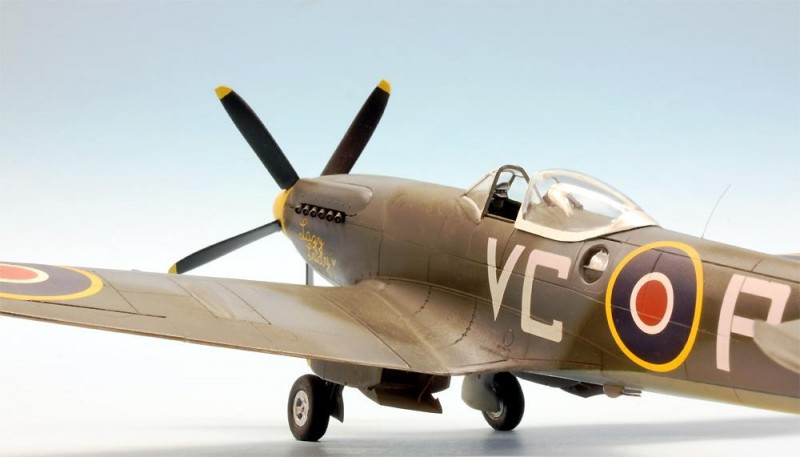
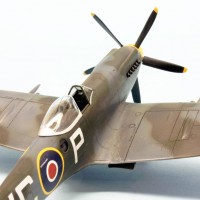
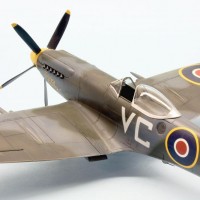
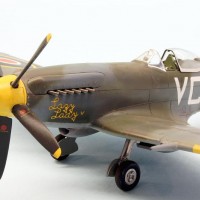
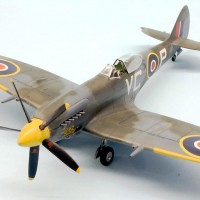
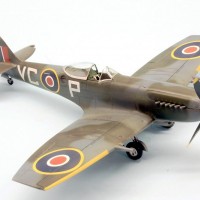
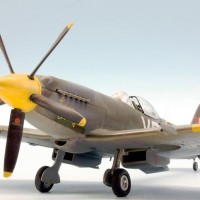
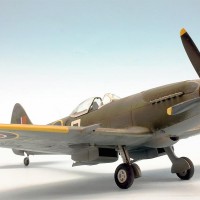
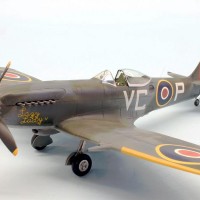
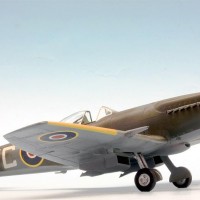
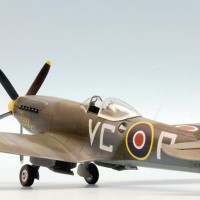
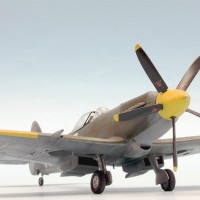
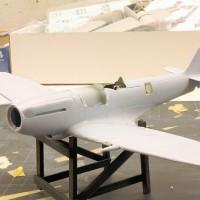
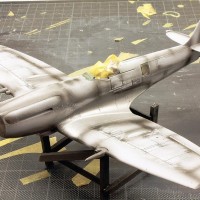
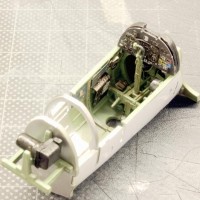
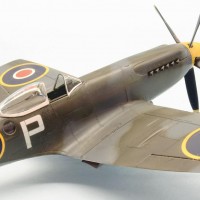
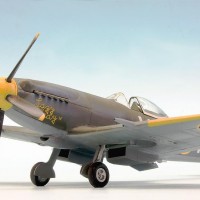
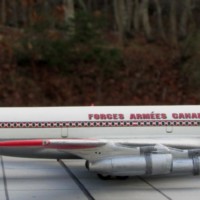
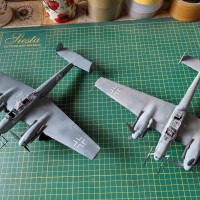
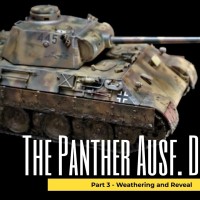
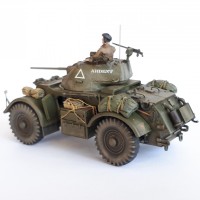
Great looking Mk. XIV. And photos! Airfix really came through with this kit!
Is that the Modelsvit Ascender kit in the background?
Beautiful Spitfire! Always liked the Griffon Spits. Just got an Airfix 1/72 Mk22.
Thank you both! Indeed Eric, I finished this one a few days before and loaded it in the gallery. You can take a look of the finished Ascender in my modeling blog.
Nice work as usual, Roland. Great result.
If you decide to do another one (you can't do just one of these), read my review over at Modeling Madness (or here) with the Easy Steps to Complete - it takes all the pain out and solves that gas tank problem.
That is "fantastic-typical Roland Sachsenhofer" work. I love the subject you chose and, apart from the excellent model, the presentation also stands out. Thanks for sharing!
All the best!
Very nice
That's a very good looking Spit Roland. Nicely done.
A lovely Spit - the griffons "muscles" in full display!
Thank you a lot for all these kind words! I am really grateful for this motivation!